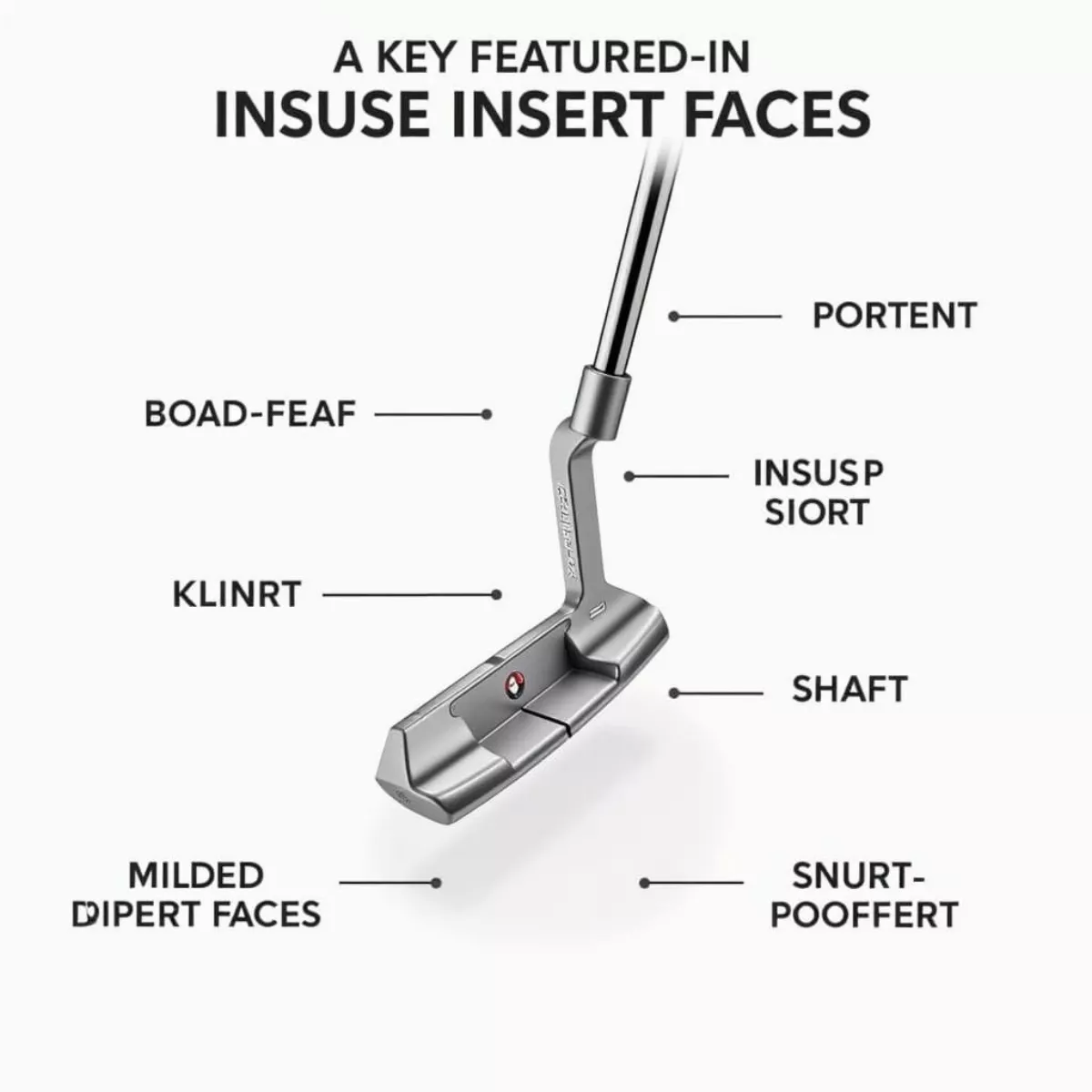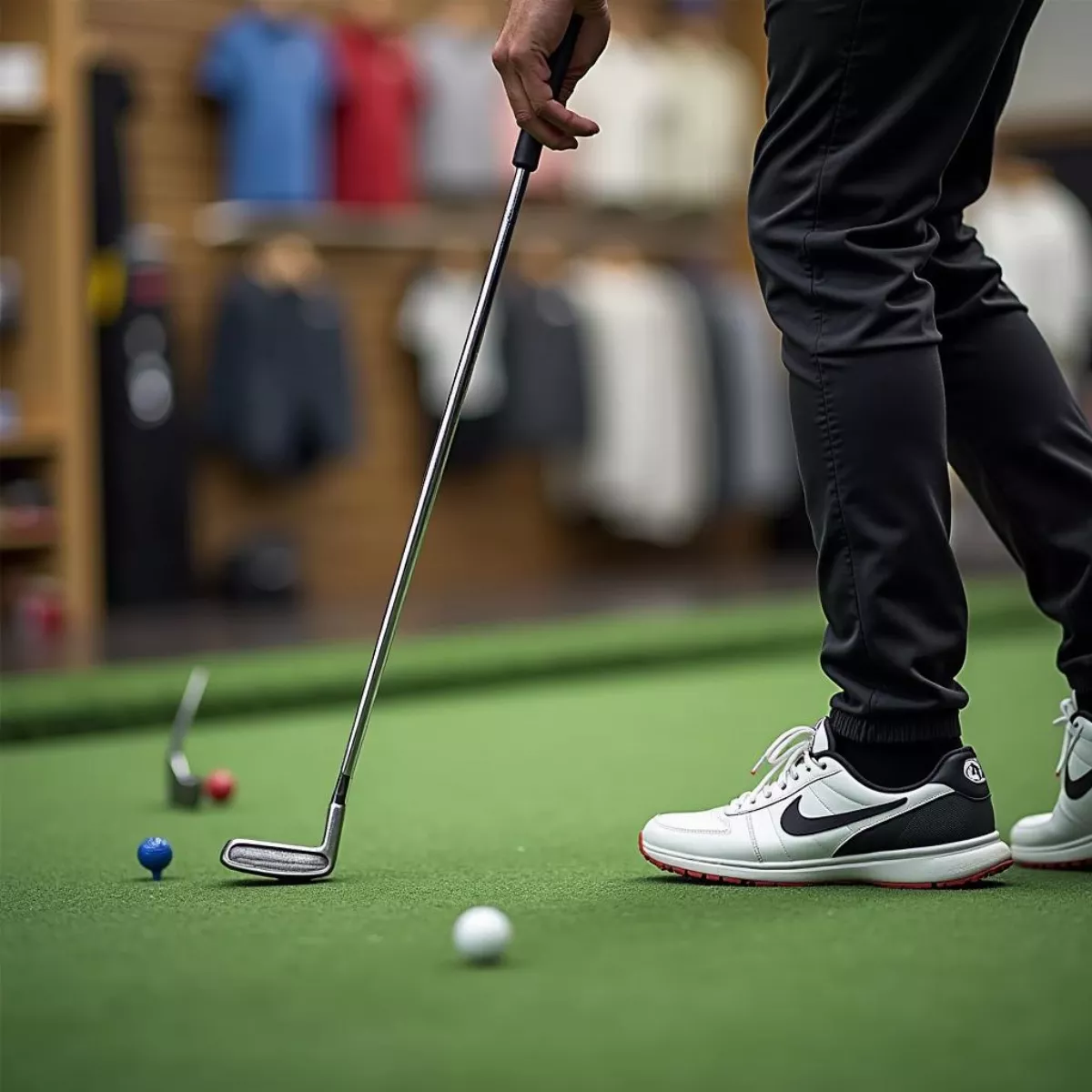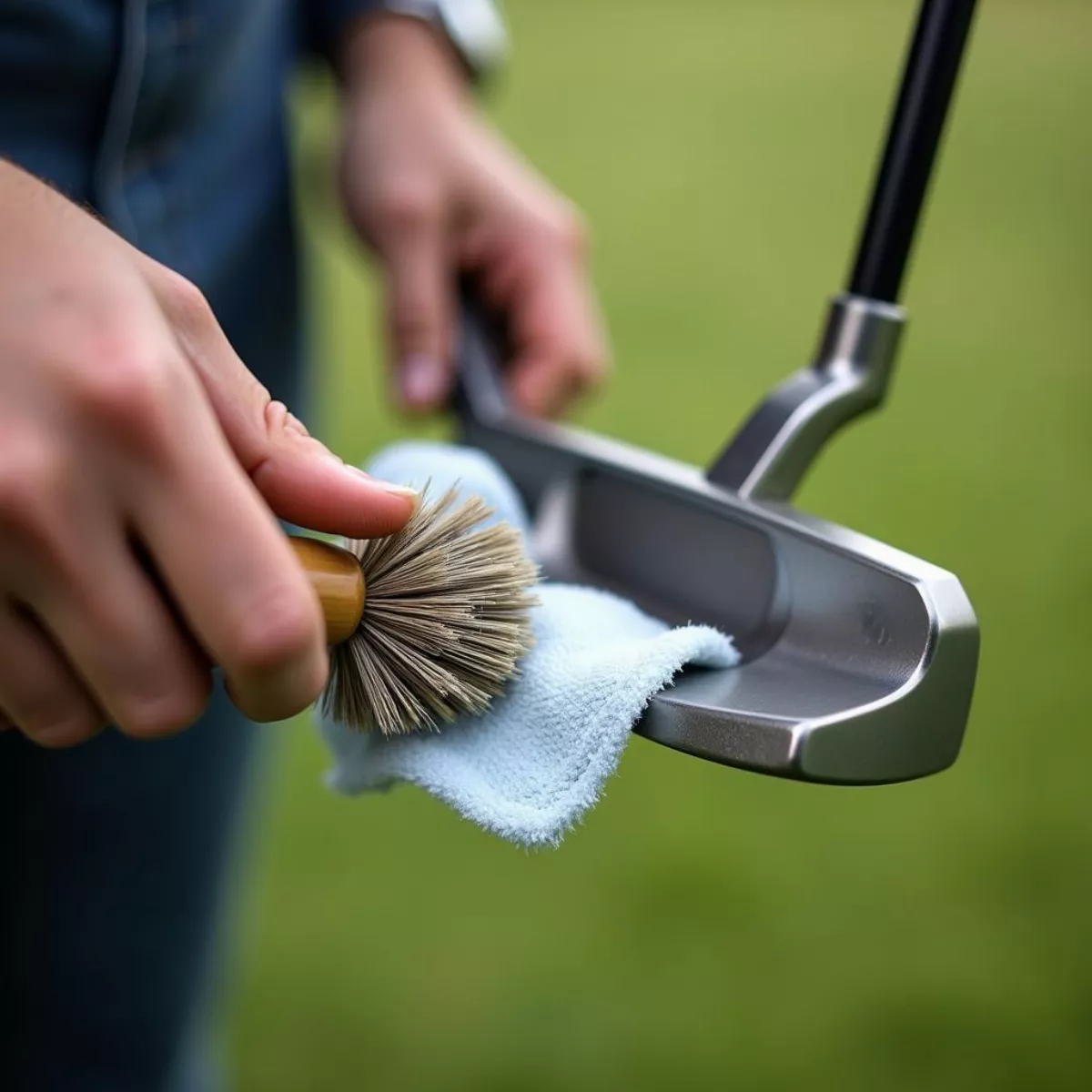Golf is a game of precision, and putting often determines the outcome of any round. Selecting the right putter is crucial for enhancing your performance on the green. This article dives into what makes a good putter, examining key features, various types, and tips to choose the best one for your style.
Understanding the Basics
Before we dissect what makes a good putter, let’s clarify the putting stroke. The putting stroke is different from other swings in golf; it requires a softer touch and a steadier hand. A putter’s design should complement this unique style of play.
Key Features of a Good Putter
-
Weight and Balance
- Lightweight vs. Heavyweight: A putter’s weight affects the feel and control. A lightweight putter can be easier to handle, while a heavier one offers more stability.
- Balance Point: The center of gravity can alter how the putter performs. A balanced putter allows for a smoother stroke.
-
Loft
- Most putters have a loft between 2° and 4°. The right loft will help control the ball’s roll and minimize bouncing.
-
Length
- The length of the putter matters! The standard lengths range between 32 to 36 inches. Find the right length to promote a comfortable stance and effective alignment.
-
Face Design
- Choices include milled, insert, or a combination of both. Milled faces provide excellent feedback, while inserts can enhance forgiveness.
-
Alignment Aids
- Good alignment aids can be crucial in helping your aim. Look for lines, dots, or other markers that assist your visual alignment when putting.
-
Grip
- The grip is a personal preference—some prefer thick grips, while others go for standard sizes. Experimentation is key to finding what feels right.
 Golf putter features
Golf putter features
Types of Putters
Putter types can influence your game dramatically. Here’s a breakdown of popular options:
1. Blade Putters
- Characteristics: Traditional design with a simple head shape.
- Advantages: Excellent for feel and control, making them popular among low handicappers.
2. Mallet Putters
- Characteristics: A larger head with various alignment aids.
- Advantages: Increased stability and forgiveness on off-center hits.
3. Peripheral Weighted Putters
- Characteristics: Combines aspects of blade and mallet designs with weight distributed around the edges.
- Advantages: Good for players seeking a balance of feel and forgiveness.
| Putter Type | Best For |
|---|---|
| Blade | Low handicappers and feel players |
| Mallet | High handicappers needing more forgiveness |
| Peripheral Weighted | Versatile players looking for balance |
Tips for Choosing a Good Putter
Finding the right putter isn’t just about style or looks; it’s about fit and how you feel when using it. Here are some handy tips:
- Try Before You Buy: Always test putters at your local pro shop. Make some practice putts to see how it feels.
- Seek Professional Fitting: Engaging with a professional can help you find the perfect specifications for your putting style.
- Practice, Practice, Practice: Use your chosen putter consistently to build familiarity. Focus on short and long distances.
- Consult Reviews: Check online reviews and testimonials from other golfers before making a decision.
- Consider Your Game: If you have a tendency to push or pull your putts, the right putter design can help mitigate this.
 Golfer testing putters in a pro shop
Golfer testing putters in a pro shop
The Importance of Personal Preference
The ultimate goal of any golfer is to find a putter that feels like an extension of their arm. Personal comfort is crucial. For instance, a mallet may be perfect for one player but feels unwieldy to another. Trust your instincts and don’t hesitate to switch if it doesn’t feel right.
Maintaining Your Putter
A good putter deserves proper care to maintain its effectiveness. Here are some simple maintenance tips:
- Clean Regularly: Wipe the face and grooves after each round. Use a mild soap and soft cloth.
- Store Properly: Avoid tossing your putter around; use a headcover to protect it.
- Check for Wear: Monitor the grip for wear and tear; a worn grip can drastically affect control.
Key Takeaways
- Weight and Balance: The weight and balance of the putter should complement your putting style.
- Try Different Types: Understanding different putter types (blade, mallet, peripheral weighted) can guide your choice.
- Personal Preference is Key: Always prioritize how the putter feels in your hands; don’t compromise comfort for looks.
- Routine Maintenance: Keep your putter clean and well-maintained for optimal performance.
 Cleaning a golf putter
Cleaning a golf putter
FAQ Section
1. What is the best putter for beginners?
A mallet putter is often recommended for beginners due to its stability and alignment aids.
2. Should I choose a heavier or lighter putter?
It depends on personal preference. Heavier putters provide stability, while lighter ones offer better control for some players.
3. How do I know the right putter length?
Stand and hold the putter; your eyes should be directly over the ball, and your arms should hang naturally.
4. Is it worth getting a putter fitting?
Yes! A professional fitting can lead to improved comfort and performance.
5. Can I use a blade putter if I struggle with putting?
Yes, but you might find a mallet putter more forgiving. Each player is different, so try both types.
6. How often should I replace my putter?
Replace it when you start feeling inconsistent or if it shows significant wear.
7. What’s the difference between milled and insert putters?
Milled putters are precision-crafted for feel, while insert putters use a softer material for improved forgiveness.
8. Do alignment aids really help?
Yes, alignment aids can significantly help with proper aim during putting.
9. What is the best grip type for a putter?
There’s no one-size-fits-all! Experiment with different grips to find what feels most comfortable for you.
10. Are expensive putters worth the price?
Not necessarily. While high-end putters often boast better materials and precision, many affordable options perform exceptionally well.
By understanding what makes a good putter, you’ll be better equipped to choose the perfect one for your game. With practice, the right equipment, and a keen eye for detail, you can enhance your skills on the green. Happy putting!